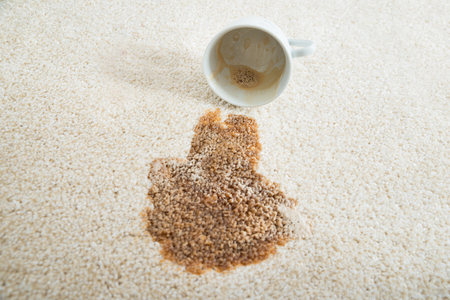
Mold can make an appearance in many places throughout your home or business, and not only is it an eyesore, but it can do some serious damage to your health! Exposure to a large number of mold spores may cause allergic symptoms such as watery eyes, runny nose, sneezing, itching, coughing, wheezing, difficulty breathing, headache, and fatigue.
Carpets can develop mold from a lack of cleaning and care. If you don’t take proper care of your carpet, it won’t last as long, and your wallet will suffer down the line.
What Causes Mold?
Moisture is what causes mold to grow. To prevent mold growth, homeowners should know the common causes:
- Dampness in carpet
- Low-quality carpet
- Flooding
- Food/liquid spill
- Not cleaning up properly
- High humidity
If you take care of your carpet the right way or attack the situation immediately, your carpet will stay in good shape, and the worries of repair and replacement won’t cross your mind. Be sure to pay attention to the telltale signs of carpet mold!
How to Avoid Moisture Buildup
There are simple ways to prevent your carpet from building up moisture and growing mold. One could be as simple as wiping your feet after entering the house or taking your shoes off before walking onto the carpet. Your shoes track in all sorts of dirt and liquids that can stain and seep into the carpet, causing moisture to build. If there is a spill, clean it immediately, and dry the area after cleaning because you never want to leave a damp spot.
Hire a Carpet Cleaning Professional
Hiring a carpet cleaner is the best way to repair your carpet’s damage from mold and moisture buildup. Your health and safety should always be a top priority, and at Horizon Carpet, we have the tools and knowledge to treat your carpets as best as we can from water damage. We specialize in performing flood restoration and extraction services and can reduce the chances of mold setting up shop in your residential or commercial property.
Don’t wait to contact us! The longer you wait, the better the chances of water doing irreparable damage to carpeting and other surfaces, allowing mold to grow.
